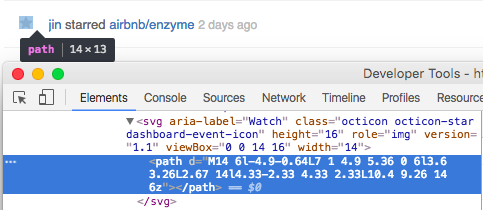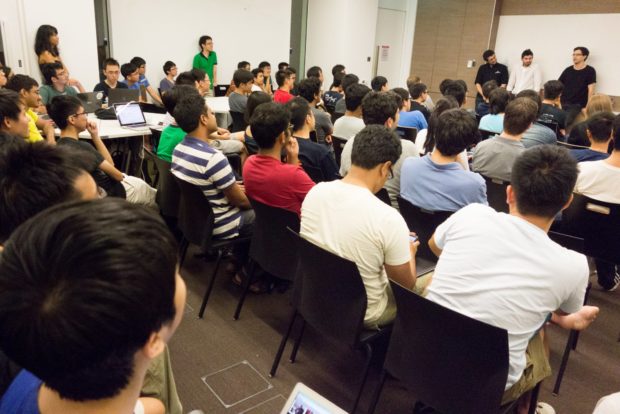The idea of paradigm shift was introduced to me in secondary school English lessons. We talked about how a particular sector changed dramatically in a period of time. This pattern is actually observable in the technology industry.
In the IT world, we had a paradigm shift from functions to aesthetics.
Past: From nothing to functions
In the earlier 2000s, when we first experience the power of IT on Windows 98, people were fascinated by the fact that the computers and other devices can do so many things. We replaced writing with typing, mails with emails, and we celebrated the whole range of functions that IT has brought to us. That was the paradigm shift from nothing to functions. Everyone was new to these functions and we were more than happy to have them.
Recent: From functions to aesthetics
Then we experienced time. In late 2000s and early 2010s, people got used to these functions, especially the younger generations who grew up with these functions. They did not experience the change in their lives, because emails and word processing “were already there” for them. Also, the new functions were developed but they were nothing compared to the breakthroughs during the first paradigm shift. All of these meant that there was nothing for younger generations to be excited about.
This prompted them to look for something beyond the functionalities. And surely enough, similar to any other industries, aesthetics became the focus. Therefore, we saw many software focusing on designing nice user interface and improving the user experience. These “aesthetically appealing” software quickly won over the market, despite the fact that they may be lacking in terms of functionalities.
Future: From aesthetics to …?
We come to the reality now, as of 26 March 2015, it has become the default standard to have an “aesthetically appealing” software. Otherwise, no matter how good the functions are, customers will not buy them. However, this also the period of time where customers are “expecting” aesthetics as a norm from the IT industry. If we apply the similar argument above, this could be the time where we have the chance to experience our own paradigm shift, away from aesthetics.
But what could be replacement? Are there any precedents from other industries? Real estates, pharmaceutical, automobile… all the other industries are either improving on the functions and or the aesthetics. Maybe the answer is combing the functions with aesthetics. This seems to be trend now in the watch industries where the traditional “aesthetics-focused” companies are pairing up with smart watch companies. But do we stop here? Are functions and aesthetics the ultimate goals that we want to achieve? We are nearing the time where we can get one without compromising the other, so what happens after?


